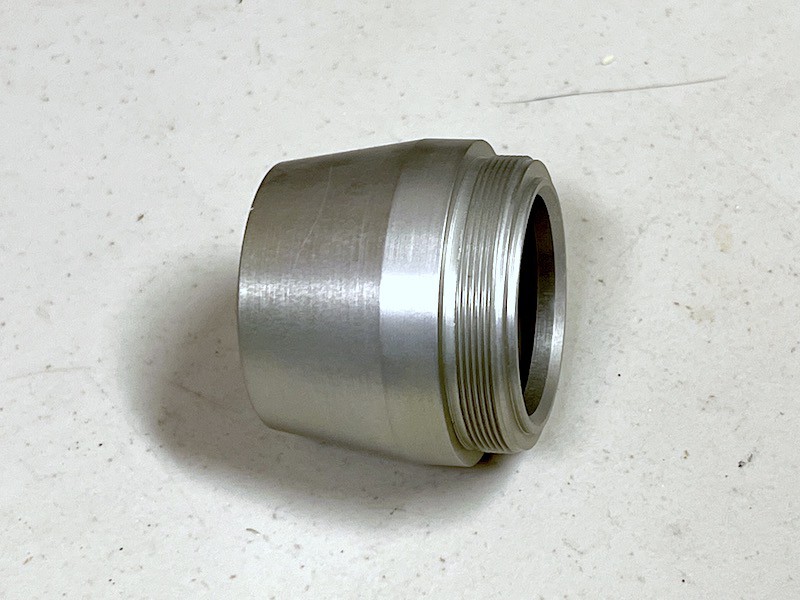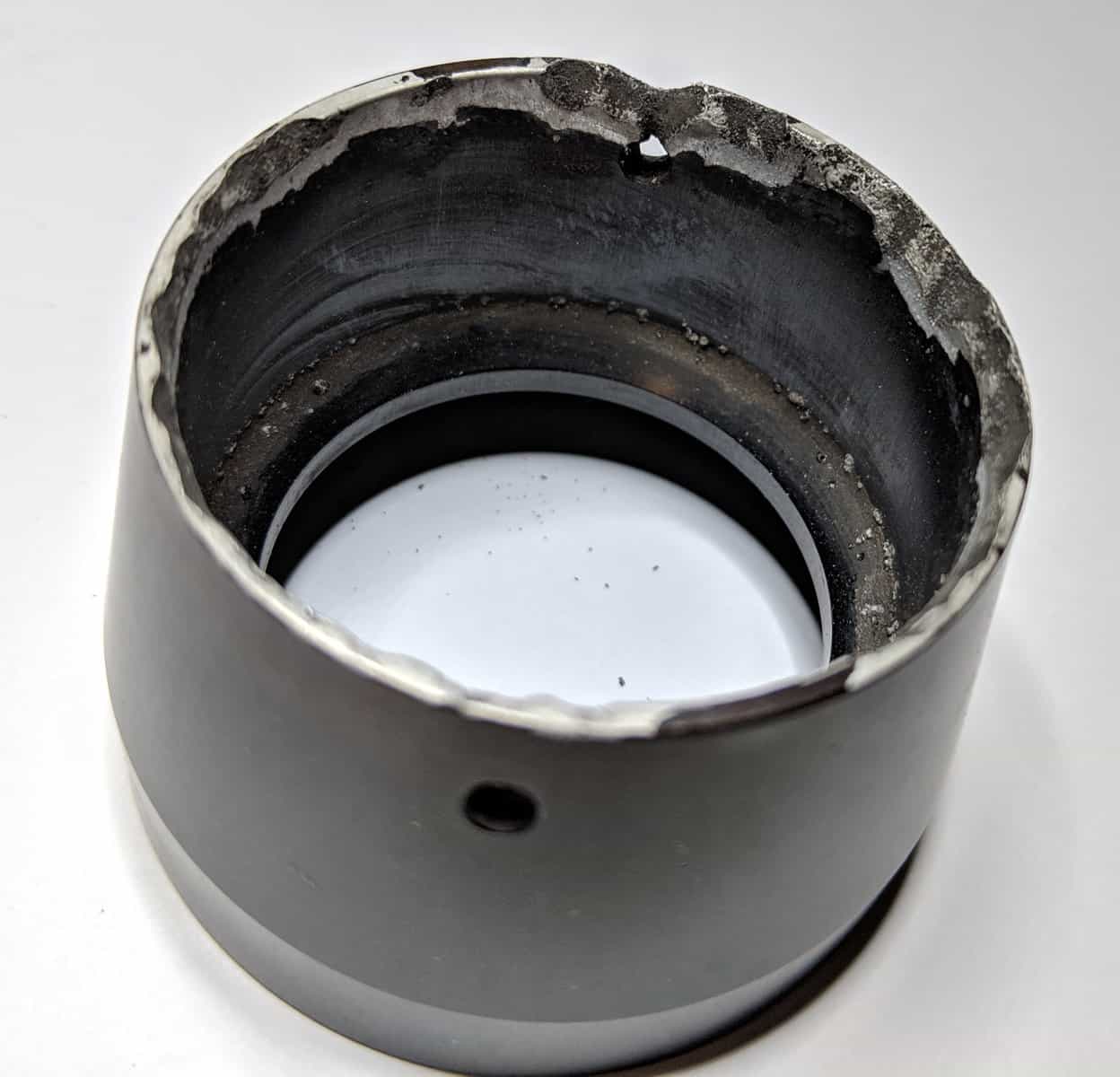Have you ever wondered what the aerodynamic benefit of using a tail cone on a high-powered rocket is and whether this compensates for the additional weight at both the tail of the rocket and the weight at the nose of the rocket required for aerodynamic stability?
The aerodynamic benefit of using a tail cone on a high-powered rocket mainly revolves around reducing drag and improving the rocket's overall aerodynamic efficiency. Here's a detailed look at these benefits and the consideration of the additional weight:
Reduced Drag: A tail cone can significantly reduce the base drag, which is the drag produced at the rear end of the rocket. In the absence of a tail cone, the abrupt end of the rocket creates a low-pressure zone, leading to increased drag. A tail cone helps streamline the airflow, thereby reducing this base drag.
Improved Aerodynamic Efficiency: A tail cone enhances the rocket's aerodynamic efficiency by smoothing the airflow around the rocket's body and minimizing turbulent wake. This is especially beneficial during the supersonic phase of the flight, where drag becomes a critical factor.
Weight Considerations: Adding a tail cone adds weight to the rocket. However, the key is to design the tail cone so that its weight is minimal compared to the aerodynamic benefits it provides. Advanced materials and design techniques are often employed to keep the weight low while maximizing aerodynamic efficiency.
Aerodynamic Stability: The additional weight at the rocket's tail due to the tail cone can impact the rocket's centre of gravity (CG). To maintain aerodynamic stability, adding compensating weight at the nose might be necessary. The overall design goal is to ensure that the rocket's centre of pressure (CP) is behind the CG. This is crucial for stable flight.
Trade-Off Analysis: Using a tail cone involves a trade-off analysis between the added weight and the aerodynamic benefits. Engineers use computational fluid dynamics (CFD) simulations and wind tunnel testing to quantify these benefits and make informed decisions.
Overall Performance Improvement: Despite the additional weight, if the tail cone significantly reduces drag, the overall performance of the rocket in terms of range, fuel efficiency, and payload capacity can be improved. This is particularly relevant for high-powered rockets where aerodynamic efficiency plays a major role in mission success.
In summary, while a tail cone adds some weight to a rocket, its primary purpose is to reduce aerodynamic drag, leading to greater efficiency. The overall benefit of a tail cone depends on its design and the specific mission requirements of the rocket. The goal is to achieve an optimal balance between the added weight and the aerodynamic improvements to ensure the best overall performance.
Love the look of a tailcone!
My only serious use of one so far was in my Tin Tin Rocket scratch build. I used a PML 3inch standard plastic nose cone and cut and modified it to fit the 38mm motor tube and into the 3inch body. Careful measuring and cutting was the order of the day in this design, including integrating the large through the wall fins with pods at the tips.
As you mention, one of the negative effects is that the weight of the motor and associated structure/accessories is moved more rearward than it would otherwise have been, thus requiring good stability consideration in the build.
AMRS Level 1 - PML Callisto May19 H100W 3600ft
AMRS/Tripoli Level 2 - 3" AGM33 Pike Aug20 J270W 3300ft
First Airstart - Thales Starstreak Mar22
First Cluster - Banana Republican Jun23 3xE20 1856ft
Impulse tally - 11,019NS since May 2019
How did you avoid having your plastic ogive boat tail melt?
Or was it not a modified plastic nose-cone.
I see a growing number of 3D-printed boat tails available in some fairly exotic filaments. However, at the end of the day, there is still plastic.
Cut-down plastic nose cones are okay on 30mm airframes for Mach attempts of G-80 motors, but once you start using 54mm motors, you need to use a big block of turned aluminium.

Unfortunately, you become entangled with all the associated weight issues once you go this route. You only have to view the bangs and scratches on the very tail end of these adaptors to appreciate how they still end up landing tail-first due to their tail-end weight distribution.
For my 38mm rockets, I modified my home made 24mm motor mount insert/adaptor to become a tail cone retainer for my CTI Pro24 motors.
The Estes 24mm plastic screw on retainer was sanded down with the Dremel and then I used a plastic shot glass as a mould to make a fibreglass cone of the right size. To finish it off, I painted on JB Weld onto the inside surface of the tail cone to resist the intensity of the exhaust flame, or at lest give it something to ablate instead of the tail cone body!
AMRS Level 1 - PML Callisto May19 H100W 3600ft
AMRS/Tripoli Level 2 - 3" AGM33 Pike Aug20 J270W 3300ft
First Airstart - Thales Starstreak Mar22
First Cluster - Banana Republican Jun23 3xE20 1856ft
Impulse tally - 11,019NS since May 2019
Why do I have no recollection of your Tintin rocket launch???
Tripoli #13468 L3
Tripoli Prefect #131
QRS President
@crom Did you miss the Nov2022 launch day? It had its maiden and only flight so far on 13/11/22 on an Aerotech DMS I280DM. It flight in in the youtube video. I'm saving another I280DM for a public day flight for it. Photo attached.
AMRS Level 1 - PML Callisto May19 H100W 3600ft
AMRS/Tripoli Level 2 - 3" AGM33 Pike Aug20 J270W 3300ft
First Airstart - Thales Starstreak Mar22
First Cluster - Banana Republican Jun23 3xE20 1856ft
Impulse tally - 11,019NS since May 2019
Here's the pad photo of the Tin Tin Rocket for that day.
AMRS Level 1 - PML Callisto May19 H100W 3600ft
AMRS/Tripoli Level 2 - 3" AGM33 Pike Aug20 J270W 3300ft
First Airstart - Thales Starstreak Mar22
First Cluster - Banana Republican Jun23 3xE20 1856ft
Impulse tally - 11,019NS since May 2019
What the hell were you flying that on?

Is that a 54mm AeroPack or a 98mm?
Did you waste the tailcone or was something like a JBWeld rebuild of the eroded surface worth the attempt?
@lenforsyth That's a COTS CTI 54mm tailcone. I flew it at THUNDA2 with a L935. It was fine before flight, but hitting Mach 2.6 with that reload might not be the normal use case.
